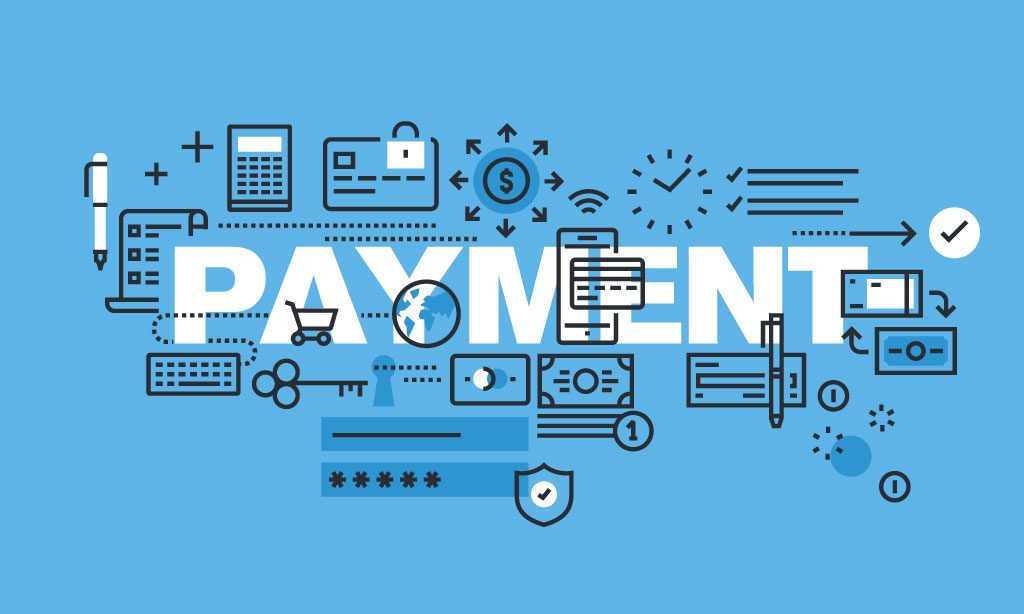Wouldn’t it be great if your company had just one way of paying for supplies, travel, and other expenses? That’s a nice business utopia in theory, but the reality is that most organizations have several ways of making payments on expenses.
Travel cards, purchasing cards (P-Cards), ACH (Automated Clearing House) payments, direct spending accounts, and even petty cash can all come into play as spending methods for business transactions. And you have these multiple channels because, frankly, they work for your business.
So then — how do you meet the challenges of having multiple payment methods? Here are some tips to help you out.
Decide what goes where.
As a business, you’ll need to decide what specific payment methods are to be used for what types of transactions — as defined by products, vendors, locations, and amounts spent.
For example, if your company utilizes a travel card, then you might decide that the card should be used only for travel expenses, such as airline tickets and hotel stays, and on no other type of spending. Likewise, you might decide that petty cash can be used to buy anything business related — as long as it’s less than $20. And you might further choose to use ACH payments only for direct deposits for certain contracted vendors.
These decisions are yours to make, of course, but when doing so, take into account the nature of the payment method and which spending transactions make the most sense accordingly for that method.
Write it out and make it known.
Once decisions have been made as to what method is to be used in specific spending situations, get those decisions down in writing and communicated to the people doing the spending.
You’ll want to have and disperse this information in at least two ways (and optionally three). First, make a document specifically outlining the spend decisions in writing. Send that document by email electronically and, if feasible and practical, insist that employees reply upon receipt or sign off in some way to make sure that they have seen the document.
Second, include that document as a chapter, section, or addendum to your company’s official written Policies and Procedures (also know as “P&P”). (Learn more about bolstering your P&P by reading, “Getting the Word Out: Communicating Policies and Procedures“.)
A third option would be to take the time to formally train and then assess your employees on the different payment methods and their proper usage. That way, you can more fully ensure that the employees know and understand the new policies — thus preventing future mistakes and confusion with transaction payments.
Make receipt review a priority.
Now that you’ve defined which specific transactions get paid by which payment method, you’ll want to monitor spending to make sure that’s actually happening as prescribed.
Receipt reviews are always important for a financially healthy company. But in order to meet the challenges of so many different payment paths, you’ll need more than ever to implement a consistent and thorough review of transaction receipts. Only by checking receipts will you be able to stay on top of the various payment methods and be able to know with assuredness that employees are using those methods appropriately.
Be wary of personal transactions.
It probably goes without saying that there should be no personal transactions on any cards. But the types of personal transactions on cards might vary, and some might be more difficult to catch if you are only looking at spend categories.
Getting back to the travel card as an example, perhaps all charges on one particular employee’s travel card are indeed travel related, but several actually refer to the employee’s honeymoon in a location that might not be a red flag — such as a typical business convention city like Las Vegas or Orlando. Only upon closer inspection will you find that the travel expenses had nothing to do with company business.
In these cases, receipt review — yet again — and data monitoring have the utmost importance as your tools for catching inappropriate spending.
Improve the lines of communication between departments.
Multiple payment methods typically involve multiple departments within a company. If you’re going to have more than one way to pay expenses, it becomes all the more paramount that the different departments involved communicate with each other in a meaningful and productive way.
To do so, seek out to create delegated pathways of communication, with staff members specifically assigned to the task of “gatekeeper” of financial information disbursement. That way, each department will have a person delegated to speak with the other departments solely on this matter — eliminating any confusion regarding who is the right contact that truly is “in the know.”
Creating a strategic expense spending committee of these gatekeepers, designed with the specific purpose of connecting regularly with heads from each department, can also help keep the lines of communication between the departments open, consistent, and focused — so that everyone is on the same proverbial expense spending page.
You aren’t alone.
The great thing to keep in mind is that, despite the many challenges that face a company trying to juggle multiple methods of payments, you don’t have to handle it all alone. Card Integrity is designed to help you pick up the slack of any area of the spending system with which you need assistance. We specialize in communicating with and training employees, reviewing receipts, and the overall monitoring of payment systems. (Visit Card Integrity’s Solutions page to explore all of Card Integrity’s services to handle a variety of challenges.)
To learn more about how Card Integrity can help you successfully keep track of and maintain a multi-method payment system that works to your company’s advantage, contact us by calling 630-501-1507, or just click HERE to contact us online.



